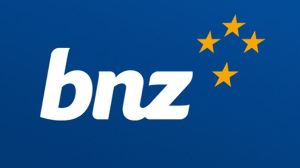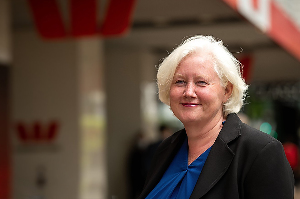There market for KiwiSaver schemes constitutes a competitive market with more than 35 different schemes, according to financial advisory firm Melville Jessup Weaver.
That's even though the the three largest providers \accounted for 46.4% of total KiwiSaver assets and 48.3% of the members.
MJW used a system called the Herfindahl-Hirschman Index (HHI), in which a monopoly would score 10,000 points and the two firms in a duopoly would score 5,000 points each.
Markets with an index score below 1,500 are judged to be un-concentrated, those with scores between 1,500 and 2,500 are regarded as moderately concentrated while scores above 2,500 are regarded as highly concentrated.
MJW measured the KiwiSaver market by assets, members and fees, and the market scored less than 1,200 points on all three measures.
The Commerce Commission uses this system when analysing different markets and in 2024 scored our broadband market at 2,235 points and our grocery market at 3,559, meaning the broadband market was moderately concentrated and the grocery market highly concentrated.
The biggest winners by member numbers were Milford, Generate and Simplicity while both Sharesies and Kernel doubled their membership.
ANZ remains the largest provider with ASB and Fisher Funds jostling for second place – ASB was ahead of Fisher in 2023, dropped into third place in 2024, but was back as second-largest in the latest year.
Generate jumped BNZ into ranking as the seventh largest provider.
Milford, which had less than $2 billion in its KiwiSaver scheme five years ago, grew assets by $8.5 billion in the last five years, while Simplicity, Generate and Booster were also fast gainers.
In absolute dollar terms, ASB and ANZ added about $7 billion to their respective schemes – the ANZ figure doesn't include the ANZ Default and OneAnswer schemes.
The six default schemes saw almost no change in the last few years with membership steady at about 40% of total KiwiSaver members.
“The tacit endorsement from the government, then, does not appear to have led to the default providers gaining market share,” MJW said.
However, in the past the default providers had gradually lost market share but that hasn't been the case in the last five years.
MJW said KiwiSaver assets rose 10% to $123 billion in the year ended March with nearly 3.4 million Kiwis enrolled, or more than 60% of the population.
The average member balance rose 8% to $36,300, up 77% from five years earlier.
Fees and expenses paid by the average member rose from $238 to $258 over the year, but as a percentage of average assets, the expense ratio fell to 0.74% from 0.76%.
That was well down from 0.94% in the year ended March 2020.
The average fee paid per member in the latest year was $258 with the default providers raking in $170 per member on average in fees and expenses while non-default providers collected $317 per member.




Comments
No comments yet.
Sign In to add your comment